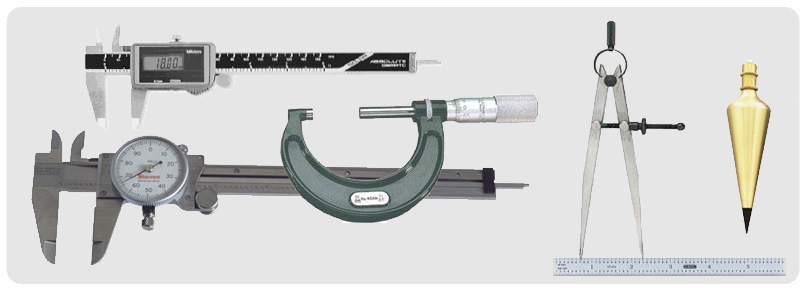A measurement is a surveillance that quantitatively lessens doubt. Measurements might not produce accurate, sure conclusions, but they do lessen your guesswork.
With metrology services absolutely no measurement of a physiological amount can be completely precise. It is essential to know this and consequently how much the measured worth will probably deviate from the unidentified, valid, value of the volume. The technique of estimating these imperfections should perhaps be referred to as uncertainty evaluation, but for heritage purposes is known as error analysis or evaluation. This article contains transient information about the wrong usage of precision measuring tools you didn’t know you are doing.
Everything can be evaluated. If something can be seen in any form or manner whatsoever, it gives itself to a certain sort of measurement technique. Regardless of how “fuzzy” the measurement is, it’s still a measurement if it uncovered more than you figured out before. And those very items likely considered immeasurable are, practically always, worked out by hassle-free measurement procedures.

Not choosing flexible, and computing the worth of extra details for that variable
Information and facts can have 3 types of worth:
- Data can lessen doubt about essential choices.
- Data can have its very own market worth.
- Data can affect people’s conduct (e.g. Common understanding of bacteria affects sterilization conduct).
When you’re unsure about a choice, this implies there’s an opportunity you’ll make a non-optimal decision. The expense of a “wrong” choice is the variance between the inappropriate selection and the decision you would have made with fantastic information and facts. But it’s too expensive to get appropriate information, so rather we’d prefer to know which relevant variables are the most useful to measure more accurately.
Not figuring out your level of uncertainty before using precision measuring tools
The subsequent phase is to figure out your level of doubt about the things you want to measure. To accomplish this, you can convey a “confidence interval” (CI). A 90% CI is a range of values that is 90% prone to contain the accurate valuation. For instance, the security and safety authorities at the VA were 90% assured that each agency-wide malware attack would have an effect on between 25,000 and 65,000 individuals.
Not understanding the object to be measured before using precision measuring tools
The object of measurement must be defined plainly, when it comes to observable. The best way to make clear an unclear object of measurement for example “IT security” is to inquire “What is IT security, and why do you worry?” Such probing can uncover that “IT security” signifies things like a decrease in illegal intrusions and virus strikes, which the IT unit cares about mainly because these things result in misplaced production, fraud losses, and legal risks.
Not Measuring the squareness with metrology services
If you place a square on the end of a board to verify a cut, you believe the “known” 90 degree angle of the square to let you know something concerning the piece of timber. But precisely how square is a square? Quite a few vendors will explain this to you.
